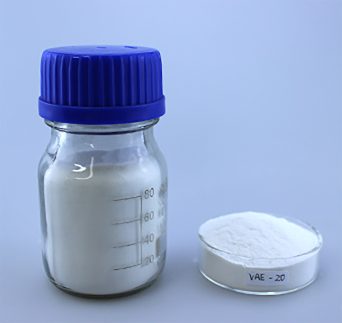
жнів . 09, 2024 05:00 Back to list
Exploring the Role of HPMC in Modern Pharmaceutical Formulations and Its Benefits
Understanding HPMC The Versatile Hydroxypropyl Methylcellulose Ingredient
Hydroxypropyl methylcellulose (HPMC) is a widely used ingredient in a variety of industries, including pharmaceuticals, food, cosmetics, and construction. Its unique chemical properties and functionality make it a highly versatile compound, integral to many formulations.
What is HPMC?
HPMC is a non-ionic cellulose ether derived from natural cellulose, which is obtained from wood pulp and cotton. The hydroxypropyl and methyl groups are introduced through a series of chemical reactions, resulting in a product that is soluble in water and capable of forming a gel. This solubility makes HPMC a valuable ingredient for many applications.
Applications in Pharmaceuticals
In the pharmaceutical industry, HPMC serves multiple purposes. It is commonly used as a binder and film-forming agent in tablet formulations. Its ability to control the release of active ingredients makes it an ideal choice for sustained-release medications. Furthermore, HPMC enhances the viscosity of solutions and suspensions, allowing for improved performance and stability.
Additionally, HPMC is utilized in ophthalmic preparations due to its lubricating properties. For individuals suffering from dry eyes, HPMC-based eye drops provide relief by forming a protective barrier over the eye's surface, ensuring hydration and comfort.
Role in Food Products
In the food industry, HPMC is regarded as a food additive with the designation E464. It serves several functions, including acting as a thickener, emulsifier, and stabilizer. One of its remarkable properties is its ability to improve the texture of food products, giving them a desirable mouthfeel and consistency.
hpmc ingredient

HPMC is also employed in gluten-free baking, where it mimics the elasticity and structure typically provided by gluten. This is especially important for individuals with celiac disease or gluten sensitivity, allowing them to enjoy baked goods without compromising on quality.
Cosmetic Applications
In the realm of cosmetics, HPMC is valued for its thickening and stabilizing characteristics. It is frequently found in lotions, creams, and gels, enhancing the product’s texture and application. HPMC also helps in holding water in formulations, preventing them from becoming dry or flaky over time. This hydrating ability is a crucial factor in personal care products aimed at moisturizing the skin.
Use in Construction
The construction industry also benefits from HPMC, particularly in the formulation of cement-based products like mortars, tile adhesives, and grouts. In this context, HPMC serves as a water-retaining agent, improving workability and adhesion. By controlling the moisture content of the mixture, it enhances the curing process and contributes to the overall strength of the finished product.
Safety and Regulatory Status
HPMC is considered safe for use in food and pharmaceutical products, with extensive studies supporting its biocompatibility and low toxicity. Regulatory bodies such as the FDA and the European Food Safety Authority (EFSA) have recognized HPMC as safe for human consumption, provided it is used within recommended limits.
Conclusion
In summary, hydroxypropyl methylcellulose is a multifunctional ingredient that has found its place across various sectors, demonstrating exceptional versatility and functionality. Whether in pharmaceuticals, food products, cosmetics, or construction materials, HPMC continues to play a crucial role, enhancing formulations and improving performance. As industries evolve and innovate, the demand for HPMC is expected to grow, affirming its position as a key ingredient in modern manufacturing processes.
-
Why HPMC is a Key Additive in Wall Putty Formulations
NewsAug.05,2025
-
Redispersible Powder in Decorative Renders: Function Meets Finish
NewsAug.05,2025
-
Redispersible Powder for Interior Wall Putty: Smooth Results Every Time
NewsAug.05,2025
-
HPMC’s Water Retention Capacity in Dry Mortar Applications
NewsAug.05,2025
-
HPMC Factory Contributions to Liquid Detergents
NewsAug.05,2025
-
How HPMC Factory Products Change Detergent Textures
NewsAug.05,2025







